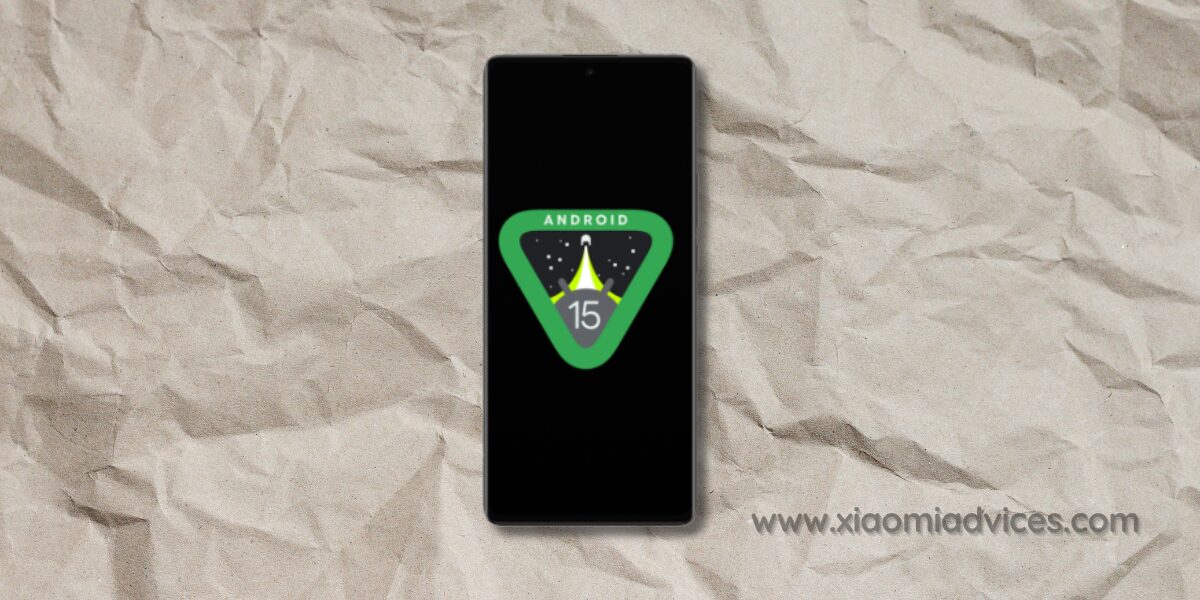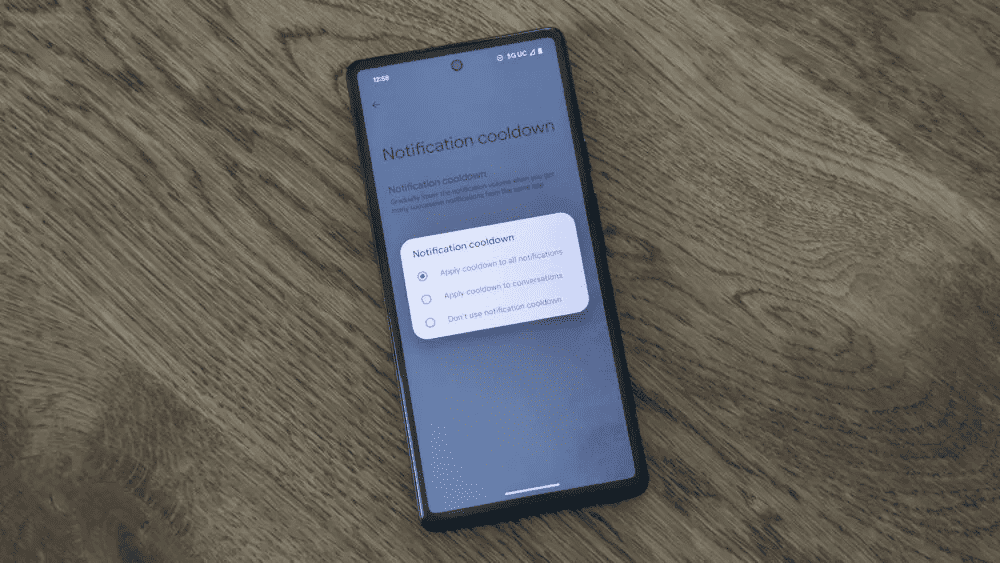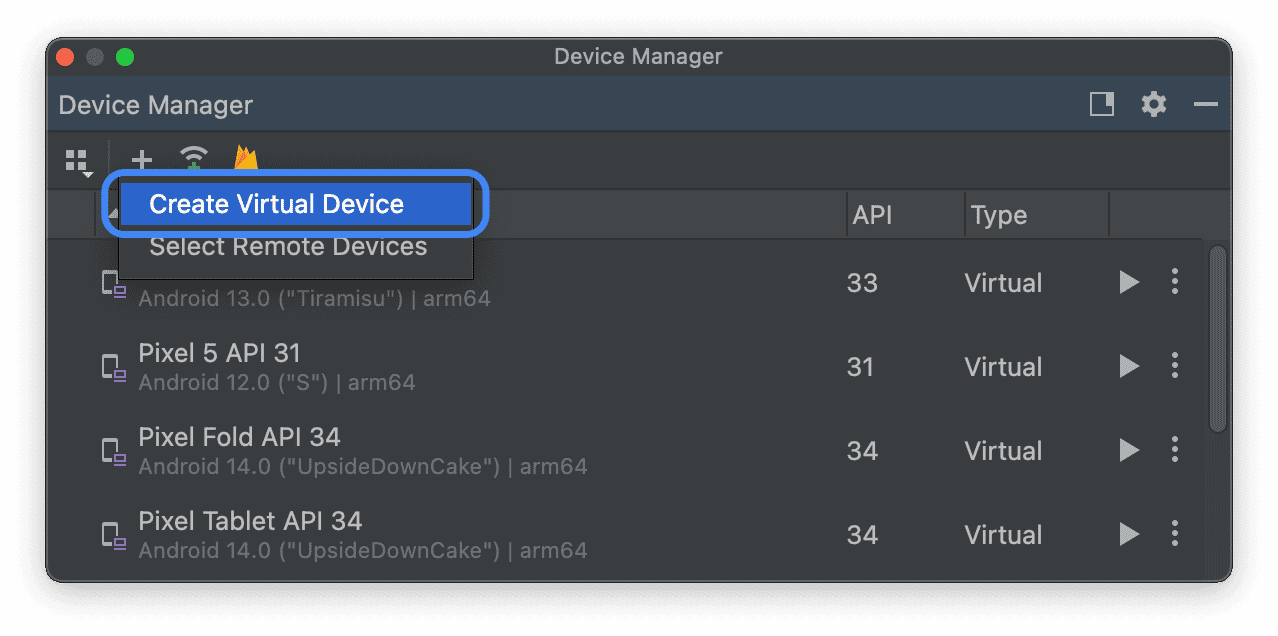Google made Android 15 official on 17 February 2024 by releasing its first test build for the developers so they can get an early start in building their apps for the following operating system version.
Android 15 – Name and release date
Google likes to name its Android versions with dessert codenames, but with the release of Android 10, it strayed away from that tradition And decided to stick with only the version number for all future Android releases. So, Android 15 is gone be known as Android 15. However, Google still uses the dessert code names internally, So Android 15’s internal code name is Vanilla Ice Cream.
Google has begun testing the Android 15 through Developer Previews. However, the final stable release is still several months away. Google has provided an Android 15 release schedule, which includes developer previews running through mid-March, followed by beta releases up to May. Android 15 will release the stable version in June-July.
Android 15 – New UI changes, features, and UX improvements
Android 15 looks quite similar to its predecessors, but there are still some notable changes that Google has introduced with this update. There are also some functionality updates to several essential features. Google officially announced these features, And some features were spotted in the released Android 15 Developer preview.
Partial screen sharing
Google announced that the new Android 15 will support partial screen-sharing, so now users can share or record just an app window rather than the entire device screen.
This feature was enabled first in Android 14 QPR 2, which included MediaProjection callbacks that allow your app to customize the partial screen-sharing experience.
Note: User’s consent is now required for each MediaProjection capture session.
Notification cooldown
In Android 15, a new feature can be found within the Notifications section. This function is called “Notification cooldown”.This feature helps lower the volume of successive notifications from the same app. It’s developed to prevent users from being overwhelmed by too many notifications from the same app.
In-app camera controls
Android 15 has added new extensions for more control over the camera hardware and its algorithms on supported devices. New extensions added through these are low light enhancements and Advanced flash strength adjustments.
Low light enhancements: It gives developers control to boost the brightness of the camera preview.
Advanced flash strength adjustments: It enables precise flash intensity control in both SINGLE and TORCH modes while capturing images.
Health Connect
Android 15 includes an update to Health Connect by Android. This update supports new data types across fitness, nutrition, and more.
Virtual MIDI 2.0 Devices
Android 13 added support for connecting MIDI 2.0 devices via a USB, which communicates using UMP(Universal MIDI Packets). Android 15 extends UMP support to virtual MIDI apps, enabling composition apps to control synthesizer apps as a virtual MIDI 2.0 device, just like a USB MIDI 2.0 device.
Android 15 – Performance Improvements
Dynamic Performance
Android 15 continues to develop the Android Dynamic Performace Framework (ADPF). ADPF is a set of APIs that allows games and performance-intensive apps to interact more directly with Android devices’ power and thermal systems.
ADPF consists of these main features:
- Thermal-state monitoring
- CPU performance hints
- Fixed-performance mode
Android 15 will add new ADPF capabilities on supported devices:
A power-efficiency mode: This mode is for hint sessions to indicate that their associated threads should prefer power saving over performance, which is excellent for long-running background workloads.
GPU and CPU work durations: These can be reported in hint sessions, allowing the system to adjust CPU and GPU frequencies together to meet workload demands best.
Thermal headroom thresholds: This is to interpret possible thermal throttling status based on headroom prediction.
App and game developers can use these APIs to make their apps and games work better on Android devices that would support these APIs.
Android 15 – Privacy And Security Features
Privacy Sandbox on Android
One of the highlight features of the Android 15 update is that it contains the latest version of the Privacy Sandbox on Android.
Privacy Sandbox on Android is a multi-year initiative made by Google that introduces more private advertising solutions that limit the sharing of user data with third parties and operate without cross-app identities.
Android 15 has developed new technologies for Privacy Sandbox on Android that improve user privacy and enable compelling, personalized advertising experiences for mobile apps. The main goal is to achieve a healthy app ecosystem, which is needed for the overall health of the Android platform.
File integrity
Android 15 introduces a new FileIntegrityManager that includes new APIs that use a feature called “fs-verity” in the Linux kernel.
With fs-verity, files can be protected by custom cryptographic signatures, helping to ensure that they don’t get tampered with or corrupted. So, app developers can rest assured knowing that their app functionality and data are not compromised.
How to Get Android 15 Preview
There are two methods available to access the Android 15 preview build:
- Get Android 15 on a Google Pixel device
- Set up the Android Emulator
Pre-requirements
- Download the Android Flash Tool.
- Download the Android System image.
- Enable USB Debugging.
- Enable OEM unlocking.
- A USB Cable to connect your device to a computer.
Get Android 15 Developer Preview on a Google Pixel device
Users with the following Google Pixel models are eligible to download the Android 15 developer preview:
- Pixel 6 and 6 Pro
- Pixel 6a
- Pixel 7 and 7 Pro
- Pixel 7a
- Pixel Fold
- Pixel Tablet
- Pixel 8 and 8 Pro
Caution: Using pre-release software can cause your phone to become unstable or even lose data. To avoid potential issues, we strongly recommend installing it on a device other than your main Pixel phone.
Flash Android 15 Developer Preview on Google Pixel phone
- If you have Android Debug Bridge (adb) installed on your computer, stop the adb service before proceeding so that it doesn’t interfere with the flashing process. To stop adb, run this command:
$ adb kill-server
- Now, connect your Pixel to your computer via a USB Cable.
- Open a browser (Chrome or Edge) and go to this webpage flash.android.com.
- To connect your test device, a pop-up will appear asking to “Allow site access to your ADB keys“. This lets the Flash tool talk to your device securely. Just tap “Allow” to proceed.
- Click on “Add new device“.
- Select your pixel device from the list and click on “Connect“.
- On your pixel device, tap “Always allow” and “OK” to enable USB debugging.
- Select the connected pixel device in your browser.
- Head back to the Flash Tool on your computer. Under “Popular builds“, find and click on “Developer Preview” to continue.
- Click “Install” to initiate the flashing process. Your Pixel device reboots and enters fastboot mode.
- After “Flash Complete” appears, disconnect your Pixel device from the USB cable.
After booting, you’ll see the Android 15 Developer Preview message! Hit OK and complete the setup process: connect to Wi-Fi, restore apps and data from your latest Google backup, accept terms, set a password, and personalize your Pixel phone.
Set up the Android Emulator
Configuring the Android Emulator to run Android 15 is an excellent solution for exploring new features and APIs and testing Android 15 behavior changes. Setting up the emulator is fast and convenient and lets you emulate various screen sizes and device characteristics.
There are two options for setting up test devices:
- phone
- Tablet or large-screen device
Set up a virtual phone device
To set up a virtual phone device, follow these steps:
- Install the latest Android Studio Preview version.
- In Android Studio, go to
Tools > SDK Manager. Select the newest Android Emulator version in the SDK Tools tab and click OK to install. - Go to
Tools > Device Manager. Click “Add new device” and select “Create Virtual Device“.
- Pick a supported Pixel phone model on the Phone Category tab. Click “Next“.
- Find the “VanillaIceCream” Android 15 system image. Click “Download” next to the Release Name to get it. Once downloaded, select this system image and click “Next“.
- Finalize other virtual device settings, then click “Finish“.
- In the Device Manager, locate your Android 15 virtual device and click “Start“.
Set up a virtual Tablet or large-screen device
To set up a virtual Tablet or large-screen device, follow these steps:
- Install the latest Android Studio Preview version.
- In Android Studio, go to
Tools > SDK Manager. Select the newest Android Emulator version in the SDK Tools tab and click OK to install. - Go to
Tools > Device Manager. Click “Add new device” and select “Create Virtual Device“.
- Pick a supported Pixel Tablet model or large-screen device on the Phone Category tab. Click “Next“.
- Find the “VanillaIceCream” Android 15 system image. Click “Download” next to the Release Name to get it. Once downloaded, select this system image and click “Next“.
- Finalize other virtual device settings, then click “Finish“.
- In the Device Manager, locate your Android 15 virtual device and click “Start“.
If you’ve liked our article, please let us know in the comment section.





LEAVE A REPLY